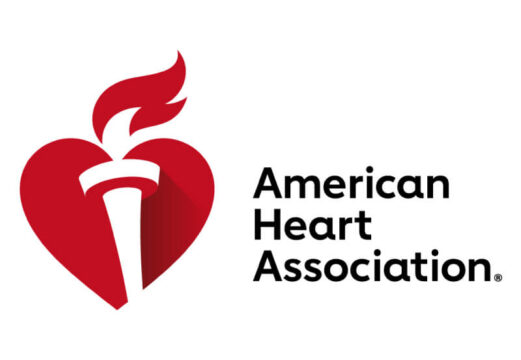The aim of this study was to assess hard end points such as death or MI in patients with acute coronary syndrome (ACS) presenting hemoglobin levels lower than 10 mg/dl. It was a randomized multicenter double blind trial including 3506 participants.

The study looked at different transfusion strategies, comparing restrictive strategy with 7-8 g/dl hemoglobin level cutoff vs. a liberal strategy with 10 g/dl hemoglobin level cutoff. Primary end point was a composite of all-cause death and acute myocardial infarction (AMI) at 30 days.
Primary end point was observed in 16.9% of patients with restrictive transfusion and in 14.9% of liberal transfusion patients, with RR 1.15 (confidence interval 95%: 0.99-1.34; p=0.07).
When looking at secondary outcomes, there was a non-significant increase in mortality (RR 1.19, CI 95% 0.96-1.47) and AMI (RR 1.19, CI 95% 0.94-1.49).
Read also: AHA 2023 | SELECT Trial: Semaglutide in Patients Without Diabetes.
These findings indicate a liberal strategy could offer clinical benefits with a moderate risk for anemic patients with ACS.

Dr. Omar Tupayachi.
Member of the Editorial Board of SOLACI.org.
Presented by Jeffrey Carson at the Scientific Sessions of the American Heart Association, 2023.
Subscribe to our weekly newsletter
Get the latest scientific articles on interventional cardiology





